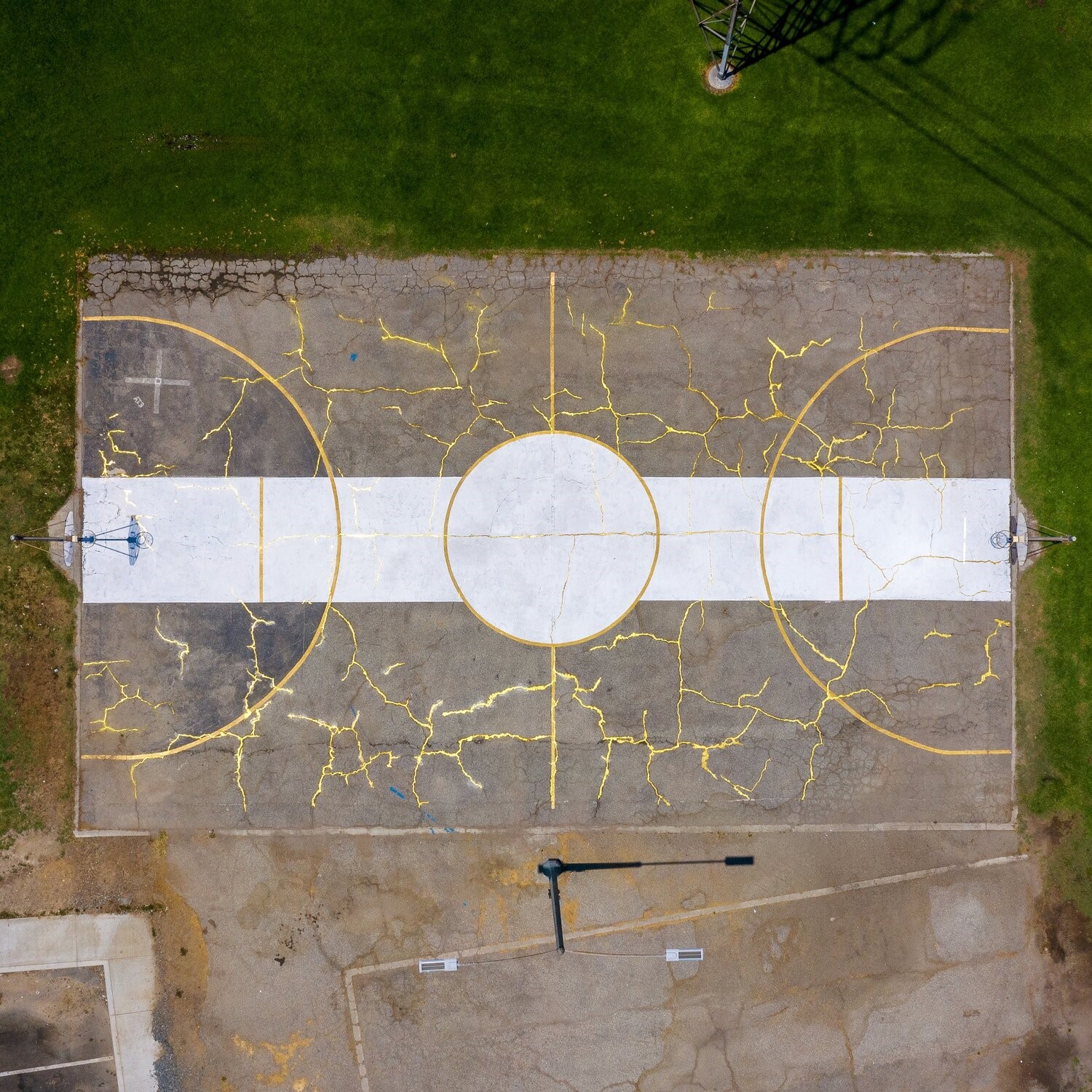
Selected Topics in Architectural History & Theory: Toward an Architecture of Care
ARC3312H F
Instructor: Tara Bissett
Meeting Section: L0101
Thursday, 3:00PM - 6:00PM
“Care is a species of activity that includes everything we do to maintain, contain, and repair our ‘world’ so that we can live in it as well as possible.”1
- Joan Tronto
In the last few years the structures of care established by western society have increasingly been called into question. What do we care about? Who provides care in our societies? Who decides which institutions serve the function of providing care? And fundamentally, how can art and design respond to and even transform infrastructures of neglect?
This course will trace the narrative of modernity through the lens of global care structures. Together we will explore how societies have recognized the needs for both grassroots and institutional care, and we will analyze how the responsibility for care is assigned, taking into consideration the role that artists and architects play in these processes. Although we will look at the history of a few institutions that attempted and failed to provide care (reformatories for women, the “ugly laws”, the prison industrial complex), much of the course will focus on strategies of innovation across the spectrum of care that challenge the spatial status quo.2
The course builds upon critical apparatus stemming from the field of Care Ethics, which first emerged in feminist discourses in the 1980s to explain overlapping spheres of care within a wide scope including housework, dependency, labour, and maintenance. The seminar is developed into three sections:
- The Commons (landscapes for children, feminist collectives, maintenance, land trusts)
- Extraordinary Bodies (access, disability justice, cure/care)
- Places of Asylum (from aging and dying to safe houses and care webs across the globe)
Each weekly lecture, discussion, and selection of readings will focus on a central question that we will use for thinking about the intersection of care practices, values, and art/architecture. Our thematic perspectives will be informed by oral histories as well as theoretical works surrounding care ethics, from Aristotle and Nietzsche to Michel Foucault, Audrey Lorde, Angela Davis, Silvia Federici, and Joan Tronto, among others.
The course emphasizes a collaborative approach through drawing, research, and discussion. Together we will evaluate the complex landscape of care and come to an understanding about the relationship between the values we hold and the institutions we create. Students are encouraged to bring their own interests and cultural backgrounds into our meetings and into the assignments, with the option of integrating a design component into the final project.
1Tronto, Joan. Who Cares? How to Reshape a Democratic Politics. Cornell University Press: Ithaca, 2015, 3.
2The image accompanying this text is “Kintsugi Court” by Victor Solomon taken from “Victor Solomon celebrates healing through basketball in South LA with his kintsugi court,” Design Boom, Aug. 7, 2020. Photograph by Shafik Kadi.

